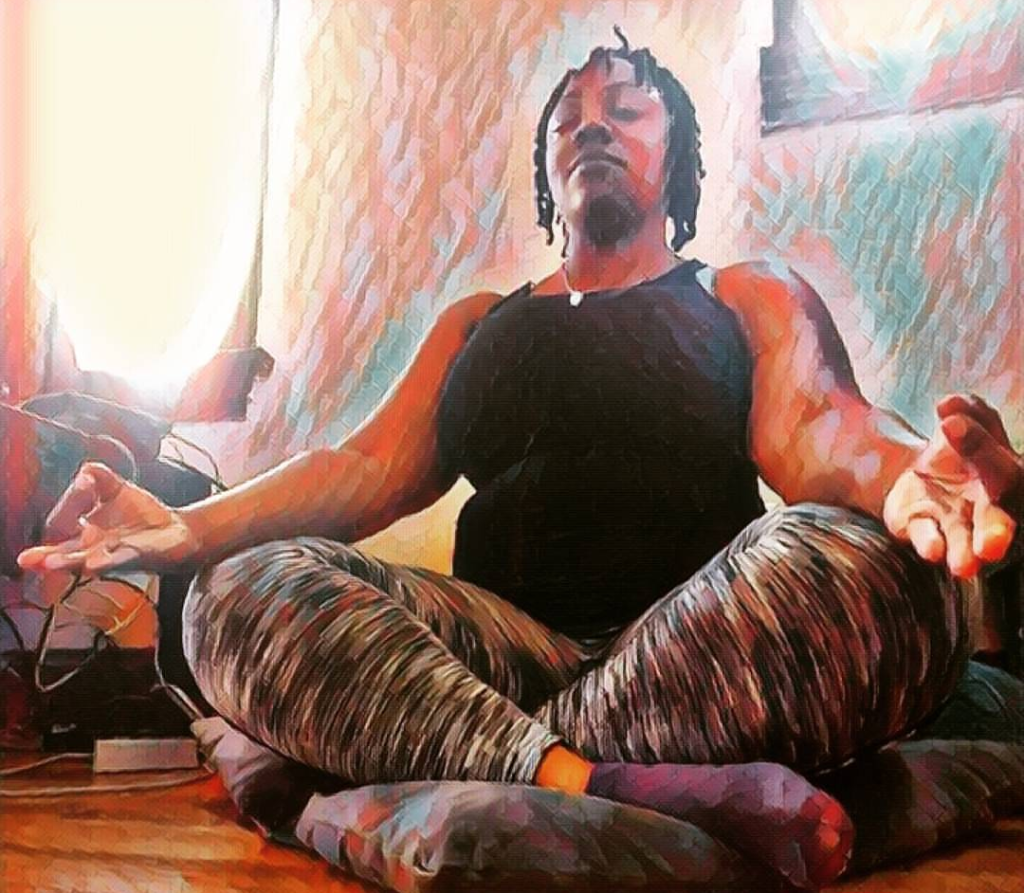
Yoga is all the rave these days. You probably have friends on social media striking poses with foreign names and calling themselves living the yogi life. Maybe, you’re one of them. However, do you really know what it means to be a yogi? If you think it only requires you to be athletic, limber and to give up meat most of the time, the answer is more than likely “no”. Yoga is much more than a fun way to get fit, it is truly a lifestyle.
Nearly 2,000 years ago, a sage by the name of Patanjali compiled a group of verses known as the Yoga Sutra. These verses became the foundation for true yoga practice. The text contains the guidelines of the Eightfold Path or ashtanga which literally translates to “eight limbs” in English. Each limb is a piece of wisdom aimed at developing one’s mental capacity and physical ability with the goal of achieving spiritual oneness. These limbs are 1. Yama, 2. Niyama, 3. Asana, 4. Pranayama, 5. Pratyahara, 6. Dharana, 7. Dhyana, and 8. Samadhi. Each limb is distinct in its purpose but collectively prepares the practitioner to reach one end goal.
Yama, the first limb, is summed up best with the Golden Rule: Do unto others as you want done unto you. It is about how we move in the world and how we treat the other living beings around us. Yama is composed of five distinct parts with more specific guidelines regarding non-violence, truthfulness, non-stealing, continence, and non-covetousness. The second limb, Niyama, is about self-discipline and spiritual practices. It establishes the importance of meditation and is also split into five small principles regarding cleanliness, contentment, spiritual austerity, the study of sacred scripture and surrendering to God.
The third limb, asana, is the most popular part of the yoga practice. Asana is Sanskrit for pose or posture and is about more than just one’s physical ability and agility. The practice of asanas is to build concentration and consistency necessary for following the other limbs and eventually achieving advanced levels of meditation. The fourth limb, Pranayama, which translates to life force extension is about the breath. It emphasizes the importance of breath in meditation and how it connects the mind, body, and spirit. Some even believe that breath mastery could truly extend the days of one’s life.
Pratyahara, the fifth limb, is another common practice among people of faith although under a different name. Followers of Abrahamic religions often refer to it as fasting. This is the limb that challenges us to give up external distractions and habits that do not necessarily serve us, for example, unhealthy foods or excessive television. Pratyahara directly prepares us for limb six which is Dharana or concentration. With the absence of external distractions, one can better notice the internal distractions and prepare to eliminate them. This is done in the immersion of silence to perfecting the ability to focus on a single point for an extended period of time which is also necessary for meditation.
The seventh limb is all about reaching full awareness with a still mind. This is deep meditation and called Dhyana. It is distinct from the sixth limb, Dharana, which is about focusing on one particular point where as Dhyana is about focusing on everything simultaneously with great clarity and calm. This is considered a very high level of consciousness and very difficult to achieve but certainly possible. Even more complicated to achieve is samadhi, the eighth and final limb. At this level, the yogi is able to meditate with high consciousness in such a way that she becomes one with all things, even the Universe itself. A remarkable sense of peace is attained and the practitioner transcends what we understand as the physical world.
As you can see, of the eight limbs, only one is dedicated to the strength and flexibility of the body. If you are overlooking the remaining 7 limbs, chances are you are merely exercising and not practicing yoga as each pose or movement should be accompanied by an inward purpose or lesson. Let this not discourage you as yoga is for absolutely everyone. If anything, this should encourage anyone who has begun the physical aspect of the practice and those considering it. Acknowledging and implementing all the pieces of a yoga practice will only enhance not just the physical body but the spiritual being. Namaste.

2 thoughts on “What “Yogi Life” Really Means”